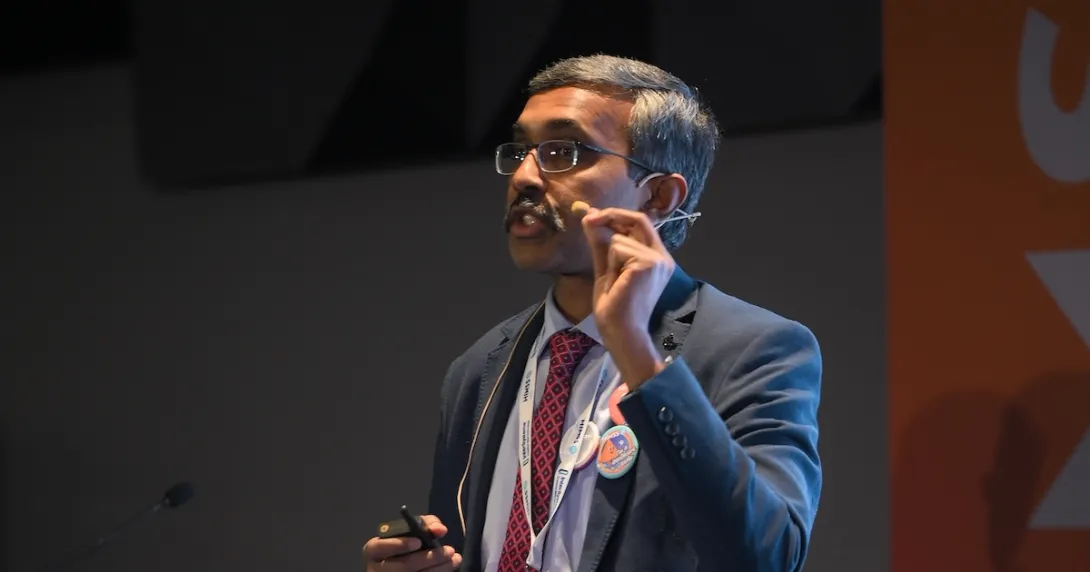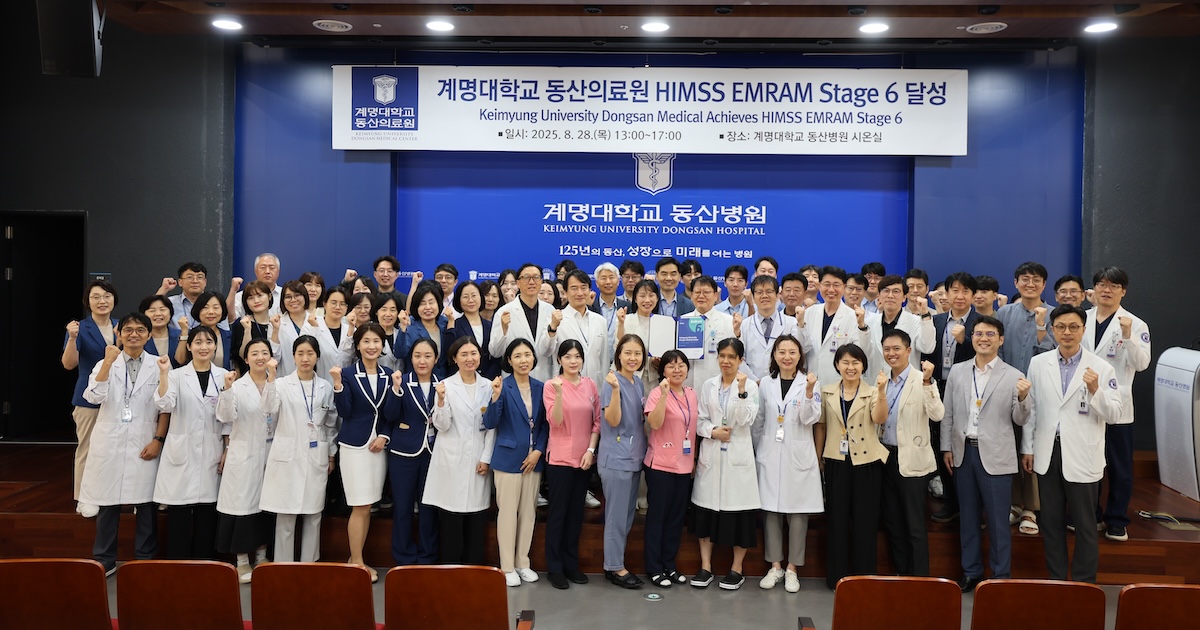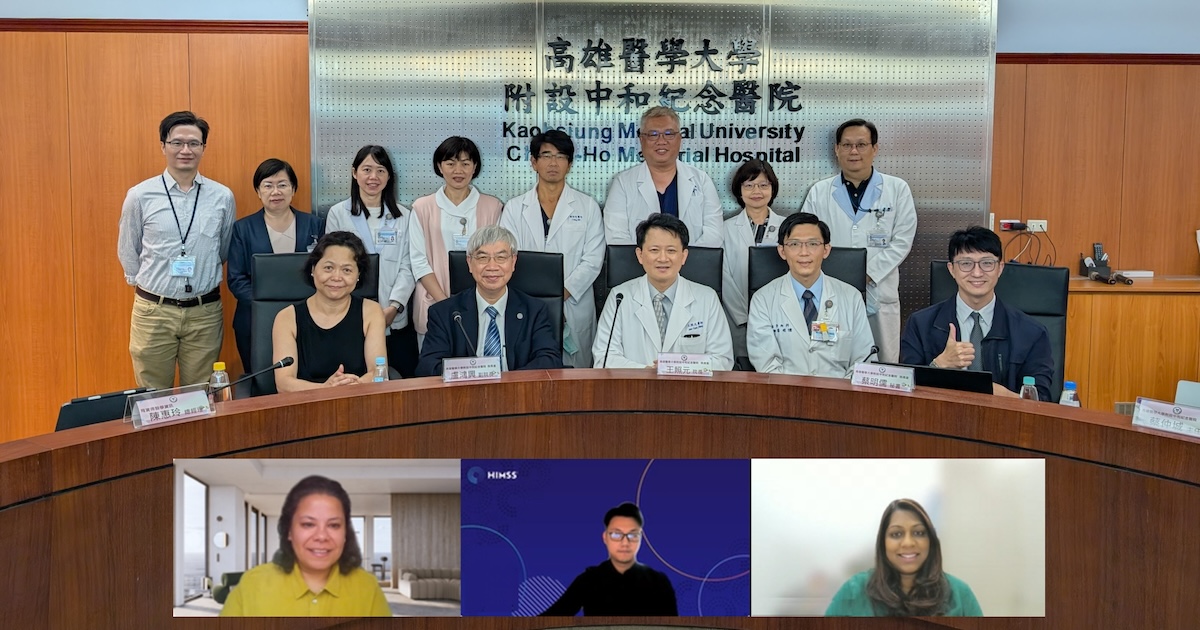
Narayana Health is both a healthcare payer and provider in India and the Cayman Islands. It runs 20 tertiary care centres, a chain of 18 clinics, and four heart centres, providing care to around four million patients annually with over 4,000 doctors and 6,000 beds. Additionally, it offers consultation services to other hospitals.
At HIMSS25 APAC, Narayana Health CIO Kumar Krishnamurthy Venkateswaran shared how their hospital group managed to deliver its services at scale, reaching last mile and serving other hospitals, with the use of digital technology.
Narayana's IT department has around 400 people delivering health technology solutions; it has dedicated teams that run technology operations and help bridge the connection between the business and technology sides of the company. "We decoupled the [IT team into] run and build teams to ensure that we are able to run parallel and deliver at scale."
Its IT expansion started in 2015 when it established the health information team and the advanced analytics and AI team. In succeeding years, the IT team incorporated a security architecture into the group's IT infrastructure, developed web browser-based open-source micro frontend services, and rolled out a health information platform across the group.
During the pandemic, it continued implementing digital solutions via virtual stations in Microsoft Teams. It launched a third-party RIS, patient and doctor applications, and budgeting and planning applications.
" A great architecture is not just about buying solutions," Kumar remarked.
From 2021 to 2024, it further digitised its LIS, launched an in-house visualisation platform that delivers intelligence and features an AI-based search engine, and developed a superapp powered by active analytics (which is capable of converting information into action items).
Narayana also developed a clinical documentation app powered by robot process automation, generative AI, and speech-to-text technology, which "gave back an estimated 25,000 hours" to clinicians.
Meanwhile, as common paperwork from registration to payment and discharge has been pushed to Narayana's patient app, making its hospitals front office-less, the administrative workload decreased by nearly 55%. "All that desk work… has all been eliminated," Kumar noted.
Additionally, digitised, paperless processes brought four hours back to nurses, reduced the average length of patient stay from 4.5 to 3.5 days, and saved more than $38 million in costs.
Over the past 10 years, Narayana invested close to $120 million in IT. According to Kumar, enhancing their work efficiency and scaling at will requires a changed mindset.
"You have to move from a technology focus to a completely changed mindset, which means the entire culture has to change. Every stakeholder in this ecosystem has to have a completely different thought process when approaching digital."
"It is no more a function of the IT team or an IT issue. Business also has to participate, which means that both Business and IT [must] form that digital ecosystem," he added.
For Narayana Health, Kumar said, what innovation means is: "As technology grows, hospitals reaches a level where it needs far less resources to [provide care], which means that a healthcare provider will be able to scale better, delivery care to many other places, create an incidents-free environment, improve clinical outcomes, and build a brand known for high quality and affordable care."

